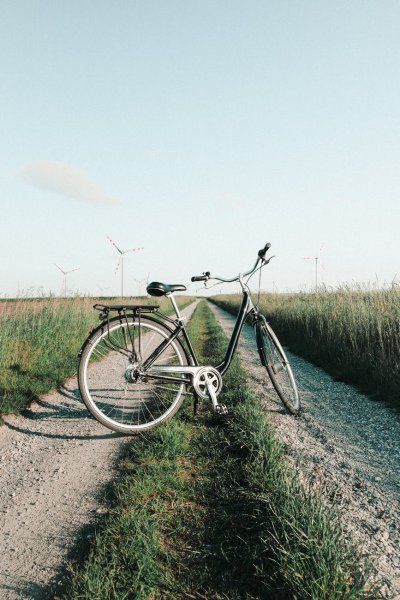Blankets are a common household item that is both practical and decorative. Its production, weaving and sewing process is a comprehensive technology that involves multiple links such as raw material selection, weaving technology, dyeing, sewing, etc. Below, we will introduce the production, weaving and sewing process of blankets in detail.
1. Raw material selection The raw materials of blankets mainly include wool, cotton yarn, acrylic, polyester, etc. Different raw materials will affect the texture, warmth, durability and other aspects of the blanket. For example, wool blankets are soft and warm, but the price is high; cotton yarn blankets are affordable, but the warmth is relatively poor. Therefore, when choosing raw materials, it is necessary to comprehensively consider the product positioning, market demand and consumer preferences.
2. Weaving process
1. Spinning: Spin the raw materials to make the yarn required for the blanket. During the spinning process, you need to pay attention to the thickness, twist and other parameters of the yarn to ensure the quality and stability of the yarn.
2. Weaving: Weave the spun yarn through the loom. The main weaving methods of blankets are plain, twill and jacquard. Different weaving methods will affect the appearance and feel of the blanket. During the weaving process, the parameters of the loom need to be strictly controlled to ensure that the woven blanket is flat and flawless.
3. Dyeing treatment After weaving, the blanket needs to be dyed. During the dyeing process, attention should be paid to factors such as the selection of dyes, dyeing temperature, and dyeing time to ensure that the blanket has bright and uniform color. At the same time, color fixing treatment is also required to improve the color fastness of the blanket.
4. Sewing process
1. Cutting: Cut the dyed blanket to meet the design requirements. During the cutting process, you need to pay attention to the parameters such as the warp and weft density and dimensional accuracy of the blanket to ensure that the cut blanket parts are accurate in size and error-free.
2. Sewing: Sew the cut blanket parts. During the sewing process, you need to pay attention to the treatment of thread ends, the selection of stitches, and the mastery of sewing technology. At the same time, the edge of the blanket needs to be processed, such as hemming and locking, to improve the durability and beauty of the blanket.
5. Finishing After sewing, the blanket needs to be finished. This includes washing, drying, ironing and other steps. During the washing process, attention should be paid to the selection of detergents and the control of washing temperature to avoid damage to the blanket. During the drying and ironing process, the temperature and time need to be controlled to ensure the flatness and comfort of the blanket.
6. Quality Inspection Finally, the blanket needs to be quality inspected. Quality inspection includes appearance inspection, size measurement, color fastness test and other aspects. Only blankets that pass the quality inspection can enter the market for sale.




